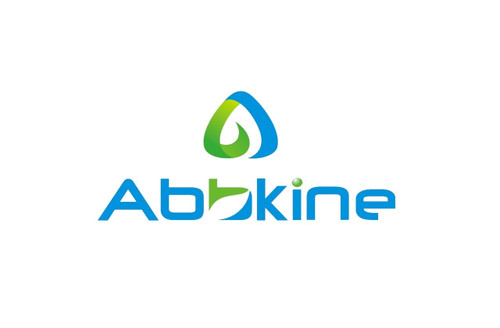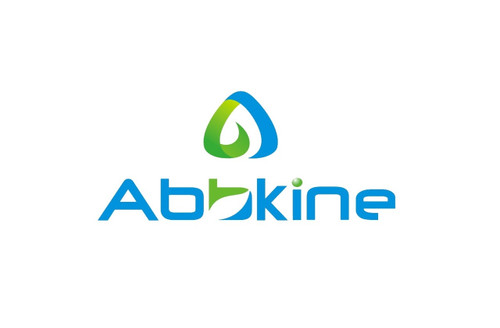Product Description
Human Mitochondrial import receptor subunit TOM6 homolog (TOMM6) ELISA Kit | AE13808HU | Abebio
Species Reactivity: Human (Homo sapiens)
Abbreviation: TOMM6
Alternative Name: DKFZp761H221; FLJ32622; OBTP; over-expressed breast tumor protein|translocase of outer mitochondrial membrane 6 homolog
Application: ELISA
Range: Request Information
Sensitivity: Request Information
Intra-Assay: ≤7.1%
Inter-Assay: ≤10.2%
Recovery: 1, 02
Sample Type: Serum, Plasma, Other biological fluids
Detection Method: Sandwich
Analysis Method : Quantitive
Test Principale: This assay employs a two-site sandwich ELISA to quantitate TOMM6 in samples. An antibody specific for TOMM6 has been pre-coated onto a microplate. Standards and samples are pipetted into the wells and anyTOMM6 present is bound by the immobilized antibody. After removing any unbound substances, a biotin-conjugated antibody specific for TOMM6 is added to the wells. After washing, Streptavidin conjugated Horseradish Peroxidase (HRP) is added to the wells. Following a wash to remove any unbound avidin-enzyme reagent, a substrate solution is added to the wells and color develops in proportion to the amount of TOMM6 bound in the initial step. The color development is stopped and the intensity of the color is measured.
Product Overview: C6ORF49 is a member of the LIM domain protein family. C6ORF49 gene contains 9 exons and spans 8.585 kb. By database searching with human PRICKLE1 and PRICKLE2 as probes, Teufel et al. (2005) identified C6ORF49, which they called OEBT, and used this sequence to identify the mouse and rat homologs. The deduced 385-amino acid C6ORF49 protein shares 72% and 54% sequence identity with the mouse and rat homologs, respectively. C6ORF49 contains 2 LIM domains and a PET domain. It is predicted to be localized in the nucleus. EST database analysis revealed C6ORF49 expression in a broad range of normal tissues as well as in hepatocellular carcinoma, breast cancer, and prostate cancer tissues.
Stability: The stability of ELISA kit is determined by the loss rate of activity. The loss rate of this kit is less than 5% within the expiration date under appropriate storage condition. The loss rate was determined by accelerated thermal degradation test. Keep the kit at 37°C for 4 and 7 days, and compare O.D.values of the kit kept at 37°C with that of at recommended temperature. (referring from China Biological Products Standard, which was calculated by the Arrhenius equation. For ELISA kit, 4 days storage at 37°C can be considered as 6 months at 2 - 8°C, which means 7 days at 37°C equaling 12 months at 2 - 8°C) .
 Euro
Euro
 USD
USD
 British Pound
British Pound
 NULL
NULL












